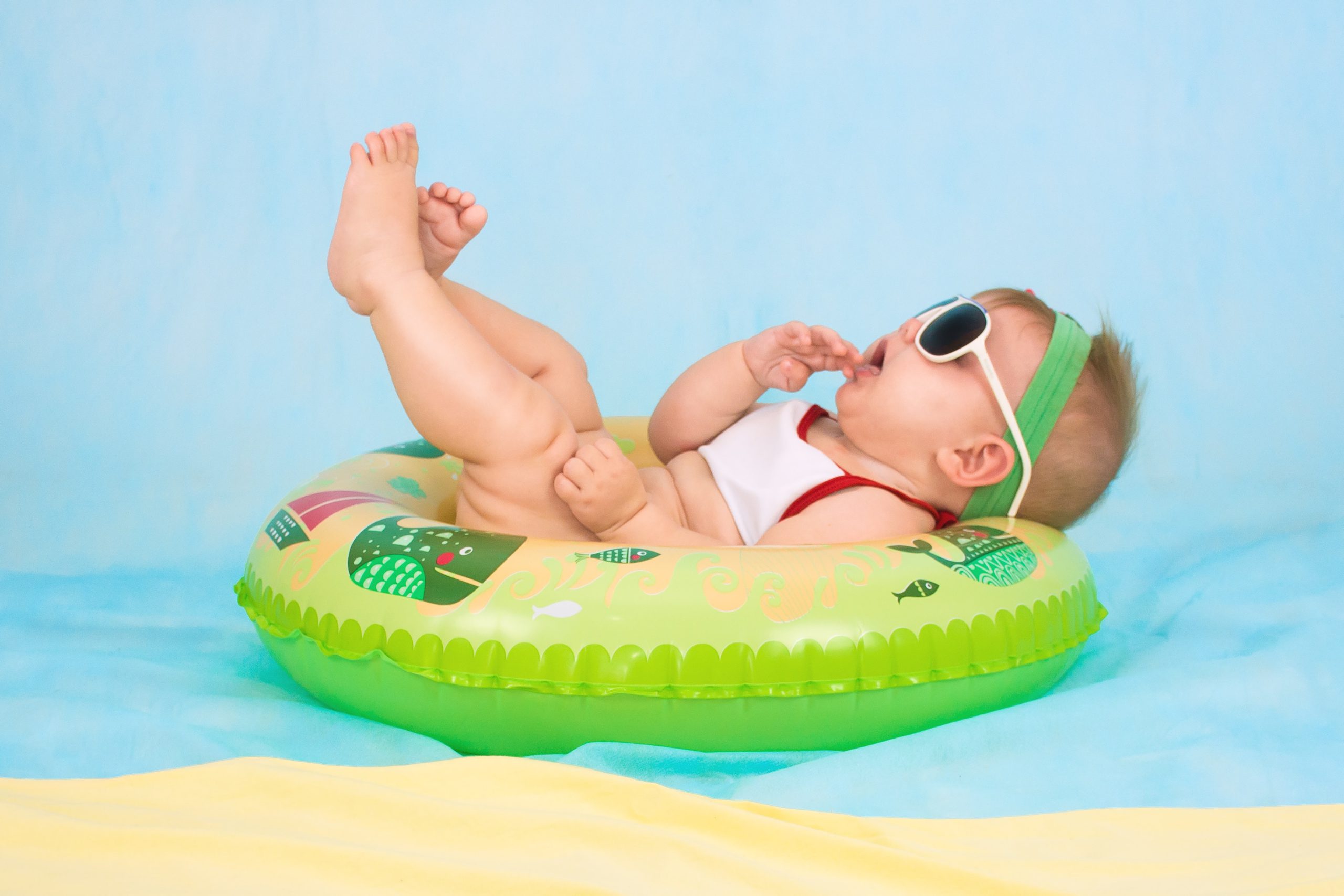Babies come in all shapes and sizes and this can cause quite a headache for parents when it comes to finding clothing choices that are the best fit for their little one. Sizing is based on age, but also undisclosed weights and lengths, which vary based on the store and clothing style.
For any parent who ventured to the hospital with newborn sizes only to realize that their brand new baby actually needed a 3 month onesie, frustration likely set in quickly. Unfortunately, to make matters worse, the individuals that design baby clothes have apparently decided to make things even more confusing by labeling the same age point with different terms.
“2T” represents the size meant for a 2 year old toddler but technically, isn’t 24 months equal to 2 years?
What is the difference?
This distinction between months and years ironically has no relation to age whatsoever. Instead it is a general indication of what stage of life your little one has reached. When shopping around there are important things to consider in order to determine which size is best for your baby.
Crawling or walking?
Once your child is moving and grooving, their wardrobe tends to take a hit. Outfits that are designated by months are designed to be a relatively snug fit and these garments are normally shorter in length. This allows your child to effectively crawl around without excess fabric getting in the way.
However, when they hit the walking milestone, their style of clothing can change over to the toddler sizes. These tend to mirror more adult-like attire. That’s because there is less of a worry of the material getting caught on things since they are now upright!
Diapers or potty training?
Oh, the dreaded snaps and buttons! There is nothing worse than a 3AM diaper change, in the dark, with a wiggly baby. Trying to get everything fastened back together can feel like you are wrestling a little alligator!
Alas, these are a very necessary part of baby clothes because they provide another layer of protection when it comes to your baby’s diaper staying in place, especially when they are on the move!
Thankfully, after potty training comes into the picture, this feature can officially disappear and toddler sizes can be added to their closet!
Sizing Differences
Just like your infant car seat, the “one size fits all” theory doesn’t always apply. Your child’s measurements play a big factor in whether you transition at 6 months or the actual two year mark. The biggest distinction between the 24M and 2T sizes is the length and the shape of the clothing.
Depending on your store of choice, the length measurement can fluctuate anywhere between 2-5 inches! This is an important distinction because we don’t want our kids to look like they are drowning in their clothes! Furthermore, 24M options tend to be built to house more junk in the trunk — aka their cushy diaper!
The suggested weight can also vary, but if you have a long and lean little babe, there is a chance that the clothing will have to be a bit bigger until they start to chunk up a bit. The good news is that certain brands run smaller than others so this can help you deal with this outfit obstacle!
For reference, use Carter’s as your basis for an average size. Gerber tends to run small whereas brands like Cat & Jack and Granimals are on the larger end. If your baby is less round and needs a more slimming look, think about purchasing athletic apparel that has a more fitted style.
Your Style Preference
Finally, when you are purchasing clothes in the “Months” categories, the styles are mostly limited to onesies whereas the “T” sizes are less cutesy and more of a mini-version of your own clothing. Once your child gets big enough to potentially transition over, you can decide on the type of outfits that you prefer!
Remember that when shopping in department stores, these sizing differences also equate to different departments! If you are considering the move up, make sure to venture to the “big kids” section of the store to find the new sizes and styles you need.
Online Shopping
This is a hard enough task as an adult, let alone with the sizing discrepancies that come with baby clothes! The best way to navigate your virtual shopping and ensure that the right sizes end up in your cart is remember these easy tips!
- Know your child’s measurements! A clothing measuring tape can be purchased on Amazon for $1-$3. This can allow you to determine torso, leg and arm length at any point in time and find the best choice for your little one.
- Research the store’s products! Does clothing run big or small? Slim or wide? Is the fabric stretchy or taut? These details can help you determine the appropriate fit for your baby.
- Check the store’s return policy prior to purchase! We have all bought items based on our actual measurements, but when they arrived the products weren’t actually the advertised dimensions. Knowing if you can take the item back, the methods of return and the time frame you have to complete this task can save you a lot of headache.
Final Thoughts — 24M Versus 2T Sizes
Deciding on 24M versus 2T does not need to be something that you accomplish in a day! Consider transitioning slowly based on the needs of your child and the styles that you prefer.
Mixing and matching can help you budget when you have a little wiggle room between sizes. Find bundles of toddler clothes on BundleUp in the sizes and brands you love! If your little one has outgrown a size, bundle it up and sell it on BundleUp for some funds to buy the next size up.
However, while you can get away with 24M sizes when your little one is walking, potty training tends to be the final straw for options with snaps. Getting them to go in the toilet is already a difficult process and we never want to create obstacles in such an important and life-changing process, at least for us parents!



